Yeast infections are among the most common health challenges women face, yet many of us still whisper about them in shame or confusion. In truth, there is nothing shameful about a yeast infection. It is simply your body’s way of telling you that its delicate balance has been disrupted.
As a clinical medicine graduate and a woman who has spoken with many patients and friends, I have seen how distressing these infections can be. But I want you to know: yeast infections are manageable, treatable, and very common. Let us walk through what every Kenyan woman should know, step by step.
What Is a Yeast Infection?
Yeast infections are caused by an overgrowth of Candida albicans, a fungus that naturally lives in our bodies. Normally, your vagina maintains a healthy balance of yeast and bacteria. When something disrupts this balance, yeast can multiply too much, leading to itching, burning, discomfort, and unusual discharge.
It is not a sign of being unclean. It is a natural condition that can affect women at different stages of life, from teenagers to grandmothers.
Understanding the Kenyan Context
Living in Kenya presents unique challenges that can increase our risk of yeast infections. Our tropical climate, with its humidity and heat, creates perfect conditions for fungal growth. But beyond climate, many of us face daily realities that affect our vaginal health:
Sanitation Challenges Poor sanitation remains a significant issue across many parts of Kenya. Limited access to clean water, inadequate toilet facilities, and overcrowded living conditions can make it difficult to maintain proper hygiene. When we cannot wash regularly with clean water or change undergarments frequently, moisture and bacteria build up, disrupting the natural vaginal balance.
In informal settlements like Kibera, Mathare, or parts of Mombasa, women often share communal toilet facilities that may not be well-maintained. Using unclean facilities increases exposure to harmful bacteria and fungi. Similarly, in rural areas where water sources may be far from home, daily washing becomes challenging.
Economic Factors The cost of quality sanitary products, cotton underwear, and antifungal medications can strain many household budgets. Some women resort to using old cloths during menstruation or wearing synthetic underwear because it is cheaper, not knowing these choices increase infection risk.
Cultural Barriers Traditional beliefs sometimes discourage open discussion about vaginal health. Some communities have practices like dry sex or herbal douching that can actually worsen yeast infections. Additionally, seeking medical care for “women’s problems” may carry stigma, leading to delayed treatment.
Recognizing the Symptoms
The most common symptoms include:
- Persistent itching or irritation in the vaginal area
- A burning sensation, especially during urination or sex
- Redness or swelling of the vulva
- Thick, white discharge that may resemble cottage cheese
- Discomfort that often gets worse before or after your period
- Pain during sexual intercourse
- Soreness in the vaginal area
- Sometimes a slight odor, though yeast infections typically have less odor than bacterial infections
It is important to remember that not every discharge is a yeast infection. Bacterial vaginosis and some sexually transmitted infections (STIs) may appear similar, which is why correct diagnosis matters.
Distinguishing Yeast Infections from UTIs
Many women confuse yeast infections with urinary tract infections (UTIs) because both can cause burning during urination. Here are the key differences:
Yeast Infection Symptoms:
- Thick, white discharge
- External itching and irritation
- Burning mainly around the vulva
- No frequent urination
UTI Symptoms:
- Burning inside during urination
- Frequent, urgent need to urinate
- Cloudy or bloody urine
- Pelvic pain
- Little to no discharge
If you have UTI symptoms, you need antibiotics, not antifungal treatment. The most commonly prescribed antibiotics for UTIs in Kenyan women include:
- Trimethoprim-sulfamethoxazole (Septrin) – often first choice
- Nitrofurantoin (Furadantin) – safe during pregnancy
- Ciprofloxacin – for complicated UTIs
- Amoxicillin-clavulanate (Augmentin) – broad spectrum option
Always complete the full antibiotic course, even if symptoms improve early.
Comprehensive Yeast Infection Treatment Options
Over-the-Counter Antifungal Treatments
Topical Creams and Suppositories:
- Clotrimazole (Canesten) – Available as 1%, 2%, or 6% cream, plus vaginal tablets. Very effective and widely available in Kenyan pharmacies. Cost ranges from KSh 400-800.
- Miconazole (Monistat, Gyno-Daktarin) – Comes as cream or suppositories. Available in 3-day or 7-day treatment courses.
- Nystatin – Older medication, still effective. Often cheaper option at around KSh 200-400.
- Tioconazole – Single-dose suppository, convenient but may be more expensive.
How to Use Topical Treatments:
- Wash your hands thoroughly before and after application
- Apply the cream or insert suppository deep into the vagina, preferably at bedtime
- Use for the full course, even during menstruation
- Avoid sexual intercourse during treatment
- Do not stop early if symptoms improve
Prescription Oral Medications
Fluconazole (Diflucan, Fluka, Flucoral)
- Single 150mg tablet taken by mouth
- Highly effective for most yeast infections
- Costs between KSh 300-600 in Kenya
- May interact with warfarin and some diabetes medications
- Avoid during pregnancy unless prescribed by a doctor
When to Choose Oral vs. Topical:
- Oral medication is convenient for busy women
- Topical treatments may be better during pregnancy
- Severe infections may require both oral and topical treatment
- Recurrent infections often need longer oral treatment courses
Treatment for Recurrent Infections
If you get yeast infections four or more times per year, you may need:
Maintenance Therapy:
- Fluconazole 150mg once weekly for 6 months
- Clotrimazole suppository twice weekly
- Daily probiotics to restore healthy bacteria
Extended Treatment:
- 7-14 days of topical antifungal treatment
- Two doses of fluconazole, three days apart
- Address underlying causes like diabetes or immune problems
Special Considerations
During Pregnancy
Yeast infections are more common during pregnancy due to hormonal changes. Treatment options include:
- Clotrimazole cream or suppositories (safe in all trimesters)
- Miconazole (safe after first trimester)
- Avoid oral fluconazole during pregnancy
- Always consult your doctor before treating during pregnancy
For Diabetic Women
High blood sugar creates ideal conditions for yeast growth. Management includes:
- Strict blood sugar control
- Longer antifungal treatment courses
- Regular monitoring for recurrent infections
- Consider maintenance therapy
During Menstruation
You can continue yeast infection treatment during your period, though tampons may absorb some medication. Use pads instead and continue treatment as prescribed.
Natural and Home Remedies
While medical treatment is most effective, some home remedies may provide additional relief:
Probiotics:
- Plain, unsweetened yogurt applied topically or eaten daily
- Probiotic supplements containing Lactobacillus
- Helps restore healthy vaginal bacteria
Dietary Changes:
- Reduce sugar intake (yeast feeds on sugar)
- Increase garlic consumption (natural antifungal properties)
- Avoid excessive alcohol and refined carbohydrates
Hygiene Practices:
- Wear loose, breathable cotton underwear
- Change underwear daily or twice daily in hot weather
- Avoid douching, scented soaps, and feminine sprays
- Wipe from front to back after using the toilet
Why Infections Keep Coming Back
Recurring yeast infections are frustrating and affect quality of life. Common causes include:
Medical Factors:
- Undiagnosed or poorly controlled diabetes
- Weakened immune system
- Hormonal contraceptives
- Frequent antibiotic use
- Pregnancy
Lifestyle Factors:
- Wearing tight, non-breathable clothing
- Not changing out of wet clothes quickly
- Using harsh soaps or douches
- High-stress lifestyle
- Poor diet high in sugar and processed foods
Environmental Factors in Kenya:
- High humidity, especially in coastal areas
- Limited access to clean water for regular washing
- Sharing toilet facilities
- Inability to change underwear frequently due to water scarcity
- Hot weather causing excessive sweating
The Sanitation Reality in Kenya
Let us be honest about the challenges many Kenyan women face. In many households, especially in rural areas and informal settlements, access to clean water is limited. Women may walk long distances to fetch water, making frequent washing difficult. Shared toilet facilities may not be well-maintained, and privacy for proper cleaning is often lacking.
These conditions do not cause yeast infections directly, but they can contribute to an environment where infections thrive. If you are dealing with these challenges:
- Prioritize washing your genital area with clean water when possible
- If water is scarce, use it first for drinking, then for washing intimate areas
- Change underwear as often as you can, even if you cannot wash daily
- If sharing toilet facilities, try to clean the area before use when possible
- Consider carrying wet wipes for cleaning when water is not available
Prevention Strategies for Kenyan Women
Daily Habits:
- Choose cotton underwear over synthetic materials
- Change underwear daily, or twice daily during hot weather
- Remove wet or sweaty clothes as soon as possible
- Sleep without underwear when possible to allow air circulation
- Wash with mild soap and clean water only
During Hot Weather:
- Wear loose, breathable clothing
- Take cool showers when possible
- Avoid sitting in wet swimwear
- Use powder-free, unscented panty liners if needed
- Drink plenty of water to stay hydrated
Menstrual Hygiene:
- Change pads or tampons every 4-6 hours
- Use unscented sanitary products
- Wash hands before and after changing products
- Clean the genital area gently during menstruation
- Avoid douching during or after periods
When to See a Doctor
Seek medical care if:
- Symptoms are severe or keep coming back
- You have four or more yeast infections in a year
- Discharge has a strong, fishy odor (may indicate bacterial infection)
- You have fever, abdominal pain, or sores
- Over-the-counter treatment does not help after 3 days
- You are pregnant and have symptoms
- You have diabetes and recurrent infections
- You experience pain during urination that does not improve
Where to Seek Care in Kenya:
- Government health centers and dispensaries
- Private clinics and hospitals
- Family planning clinics
- Some pharmacists can provide guidance on over-the-counter treatments
Cost-Effective Treatment Options
Understanding that healthcare costs can be challenging:
Budget-Friendly Options:
- Generic clotrimazole is often cheaper than brand names
- Government health facilities may offer subsidized medications
- Some NGOs provide reproductive health services at reduced costs
- Buy full treatment courses to avoid incomplete treatment
Insurance Coverage:
- NHIF may cover consultation costs at public facilities
- Some private insurance plans cover prescription medications
- Check with your provider about reproductive health coverage
Emotional and Social Impact
Yeast infections affect more than just physical health. They can impact:
- Intimate relationships and sexual health
- Self-confidence and body image
- Work productivity due to discomfort
- Sleep quality from itching and burning
- Mental health from chronic symptoms
Remember that seeking treatment is not shameful. Millions of women worldwide deal with these infections. Speaking openly with trusted friends, partners, or healthcare providers can reduce stigma and help you get the care you need.
Myths and Facts
Myth: Only sexually active women get yeast infections. Fact: Even girls who have never had sex can develop yeast infections.
Myth: Yeast infections mean you have poor hygiene. Fact: Even women with excellent hygiene can get yeast infections due to hormonal changes or other factors.
Myth: You cannot have sex during treatment. Fact: While not recommended during active symptoms, you can resume normal activity once treatment is complete.
Myth: Antibiotics cure yeast infections. Fact: Antibiotics often cause yeast infections by killing healthy bacteria.
Myth: Douching prevents yeast infections. Fact: Douching disrupts natural balance and can actually cause infections.
Building Healthy Habits
Long-term vaginal health requires consistent daily practices:
Morning Routine:
- Wash genital area with clean water
- Put on clean, dry cotton underwear
- Choose breathable clothing for the day
Evening Routine:
- Wash again with mild soap and water
- Change into clean sleepwear
- Allow genital area to air dry before dressing
Weekly Habits:
- Wash underwear in hot water when possible
- Replace old, stretched underwear that may not fit properly
- Clean reusable menstrual products thoroughly
Final Thoughts
Yeast infections are common, treatable, and nothing to be ashamed of. While living in Kenya presents unique challenges around sanitation, water access, and healthcare costs, you can still take control of your vaginal health through knowledge, prevention, and prompt treatment when needed.
Understanding the difference between yeast infections and UTIs helps you choose the right treatment. Knowing your options for both over-the-counter and prescription medications empowers you to make informed decisions about your care.
Remember that your health is worth investing in, even when resources are limited. Small daily choices about hygiene, clothing, and diet can make a significant difference in preventing infections and maintaining overall wellness.
If symptoms persist or infections keep returning, do not hesitate to seek medical care. Healthcare providers are there to help, and addressing these issues early prevents complications and improves your quality of life.
Your health matters, and taking care of yourself benefits not just you, but your family and community as well. Knowledge is power, and now you have the tools to maintain better vaginal health despite the challenges we face as Kenyan women.

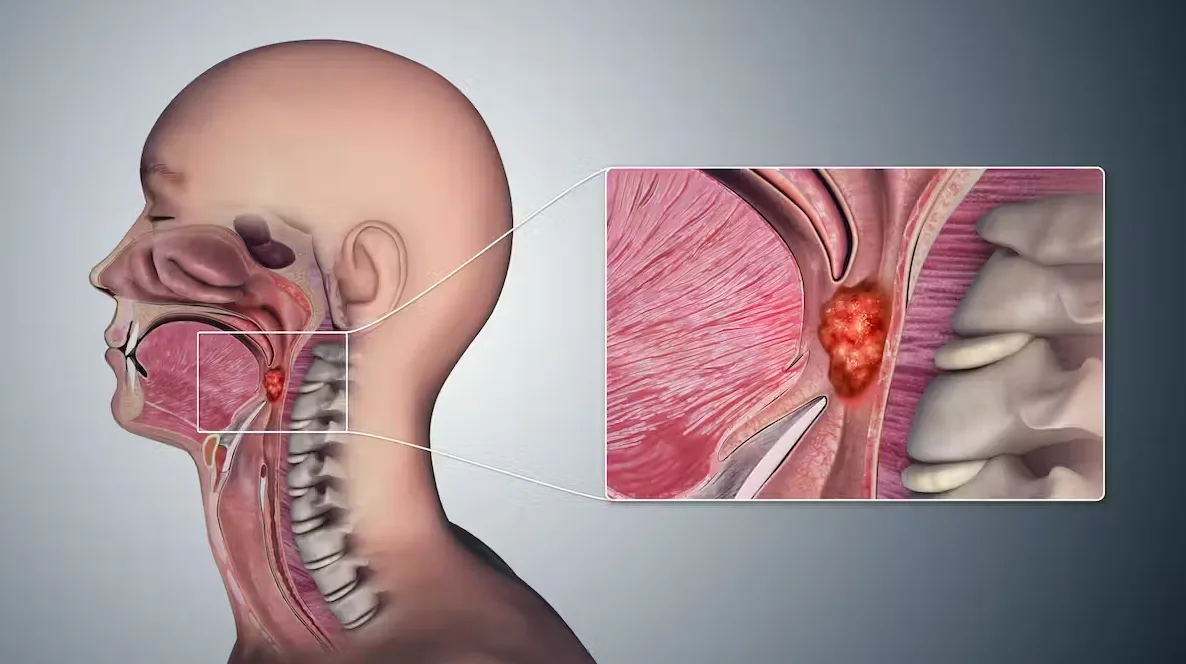
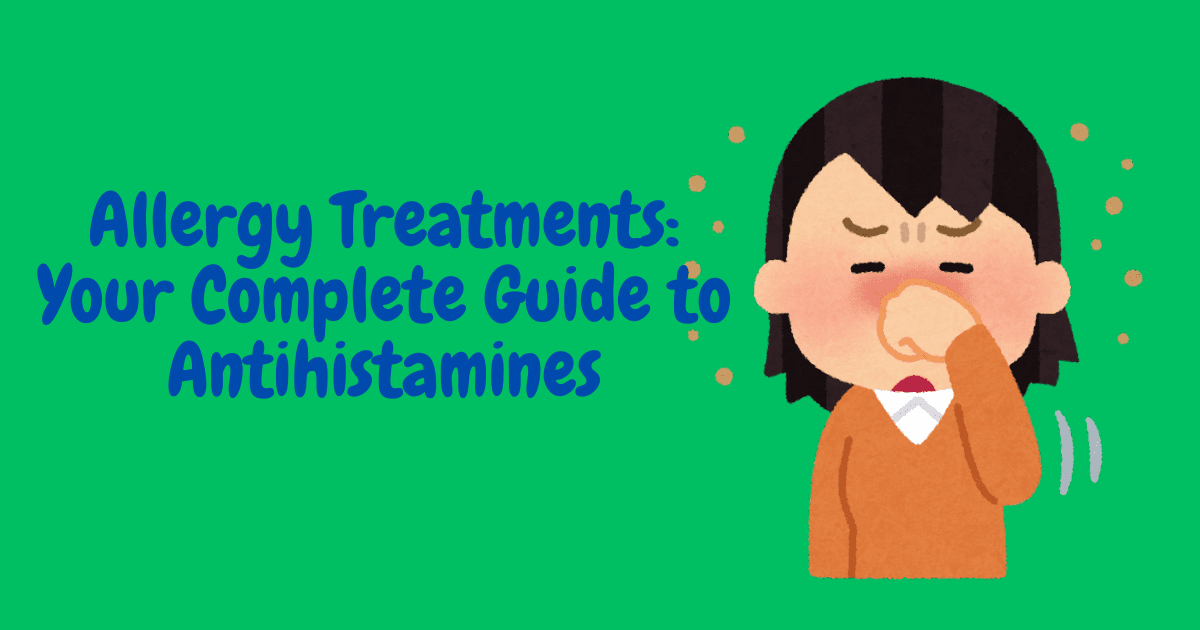
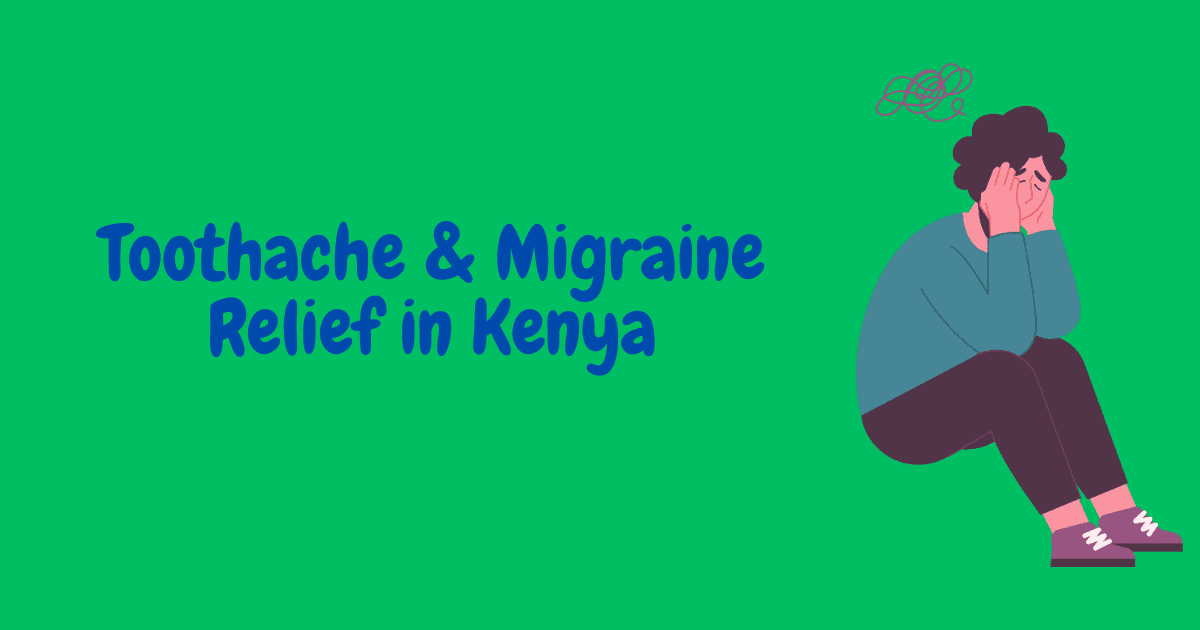

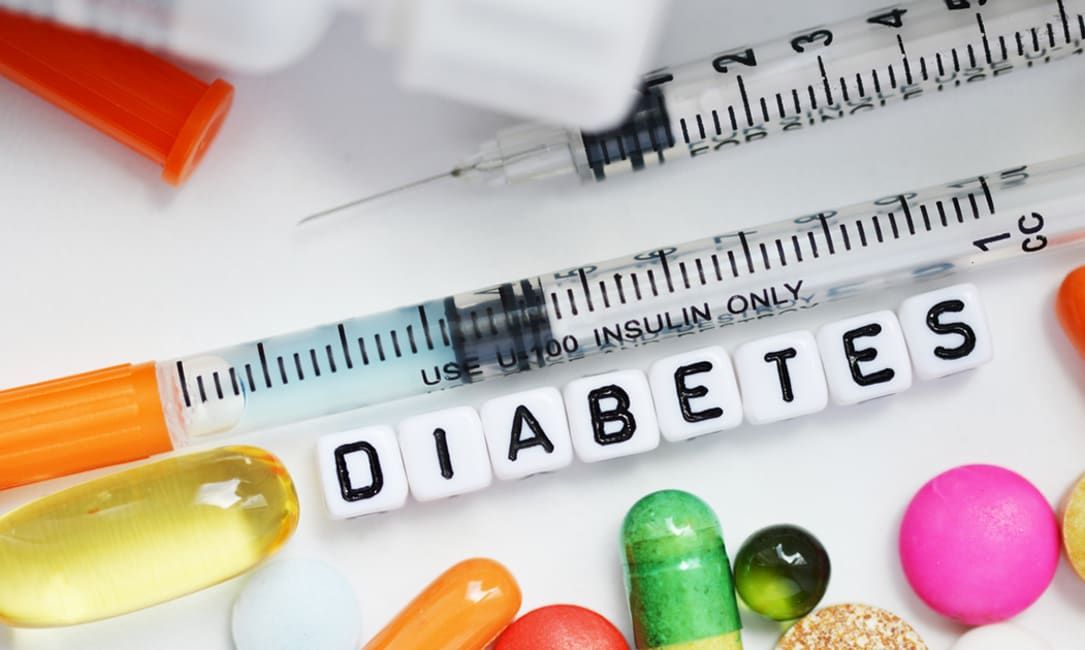

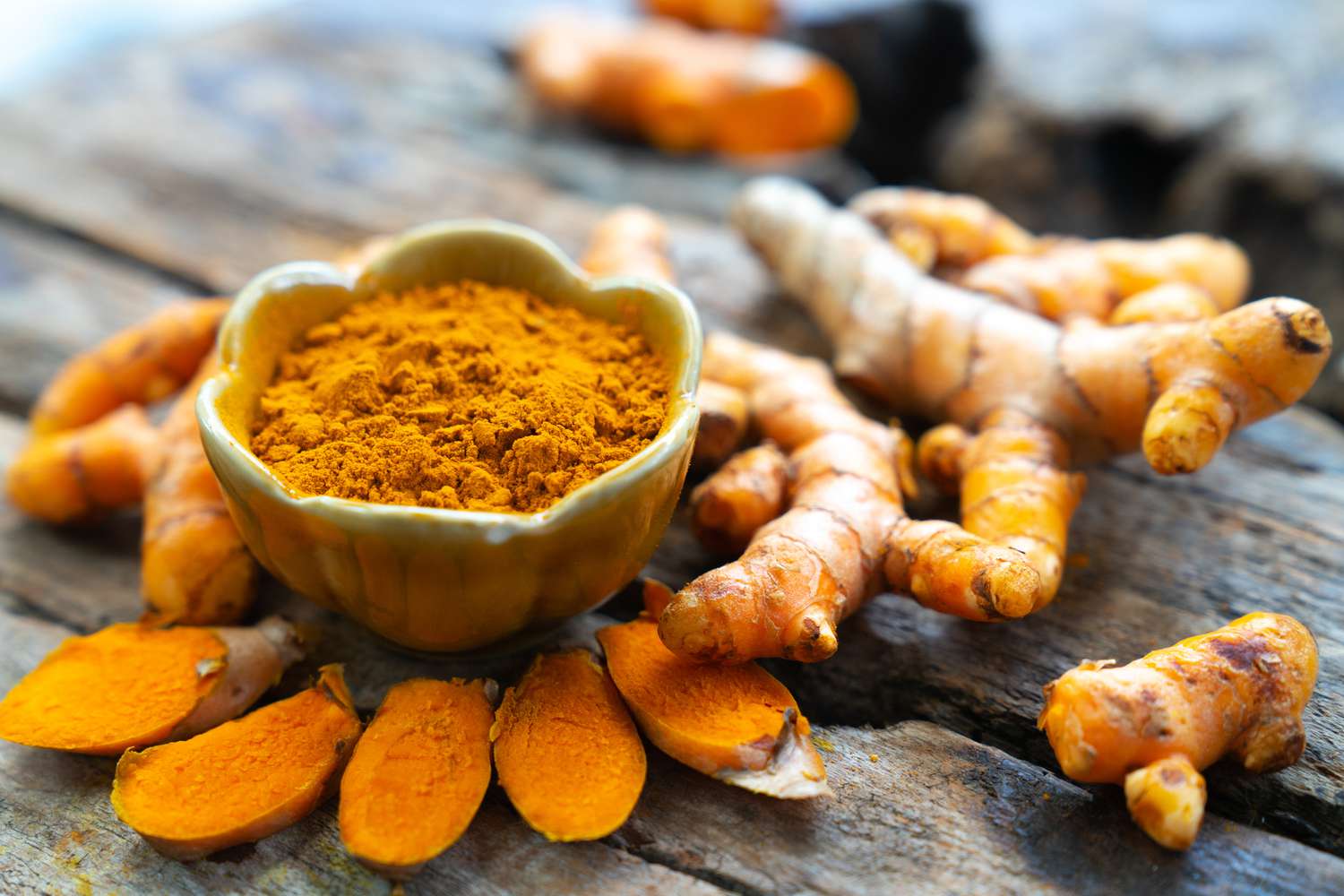
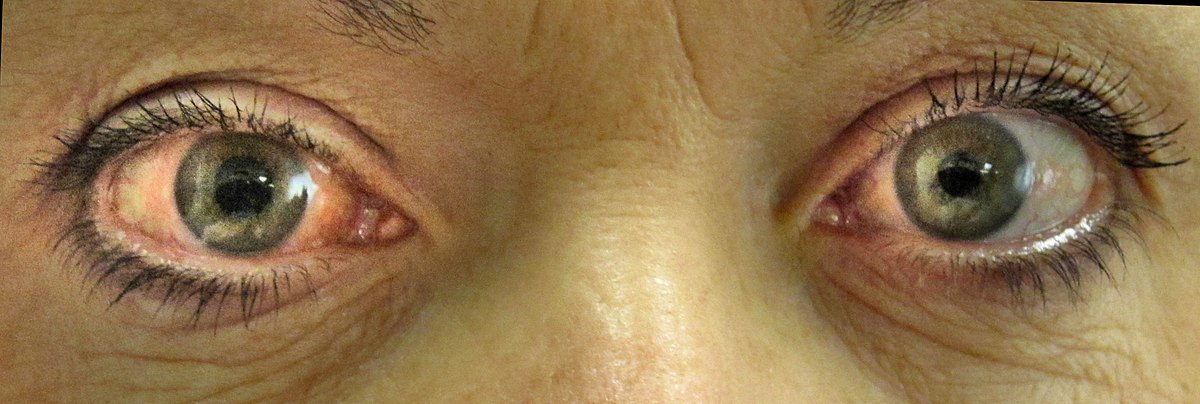
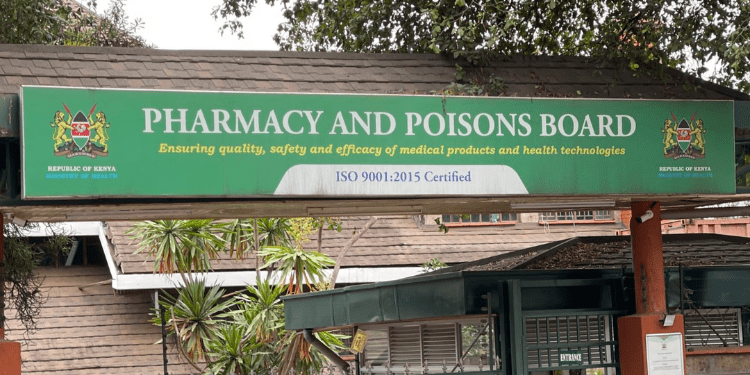
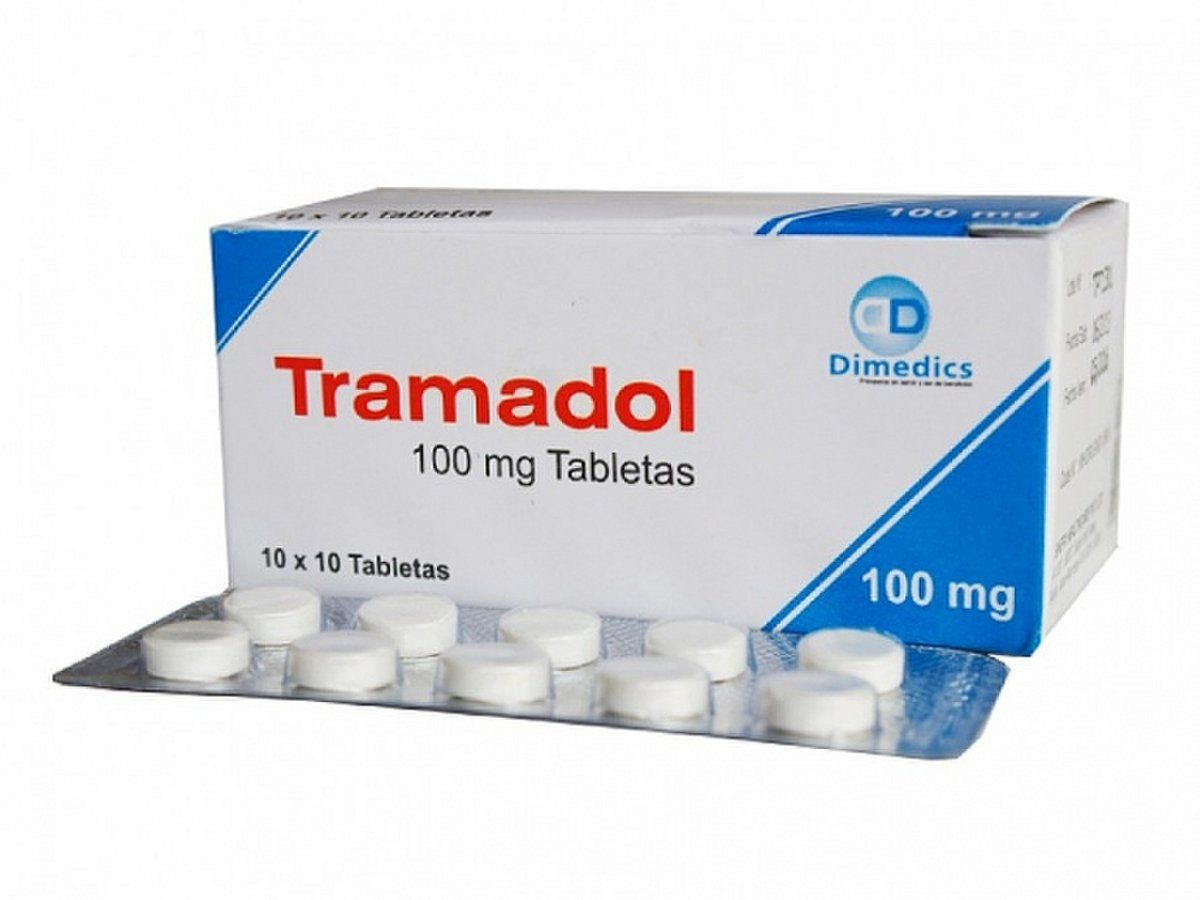
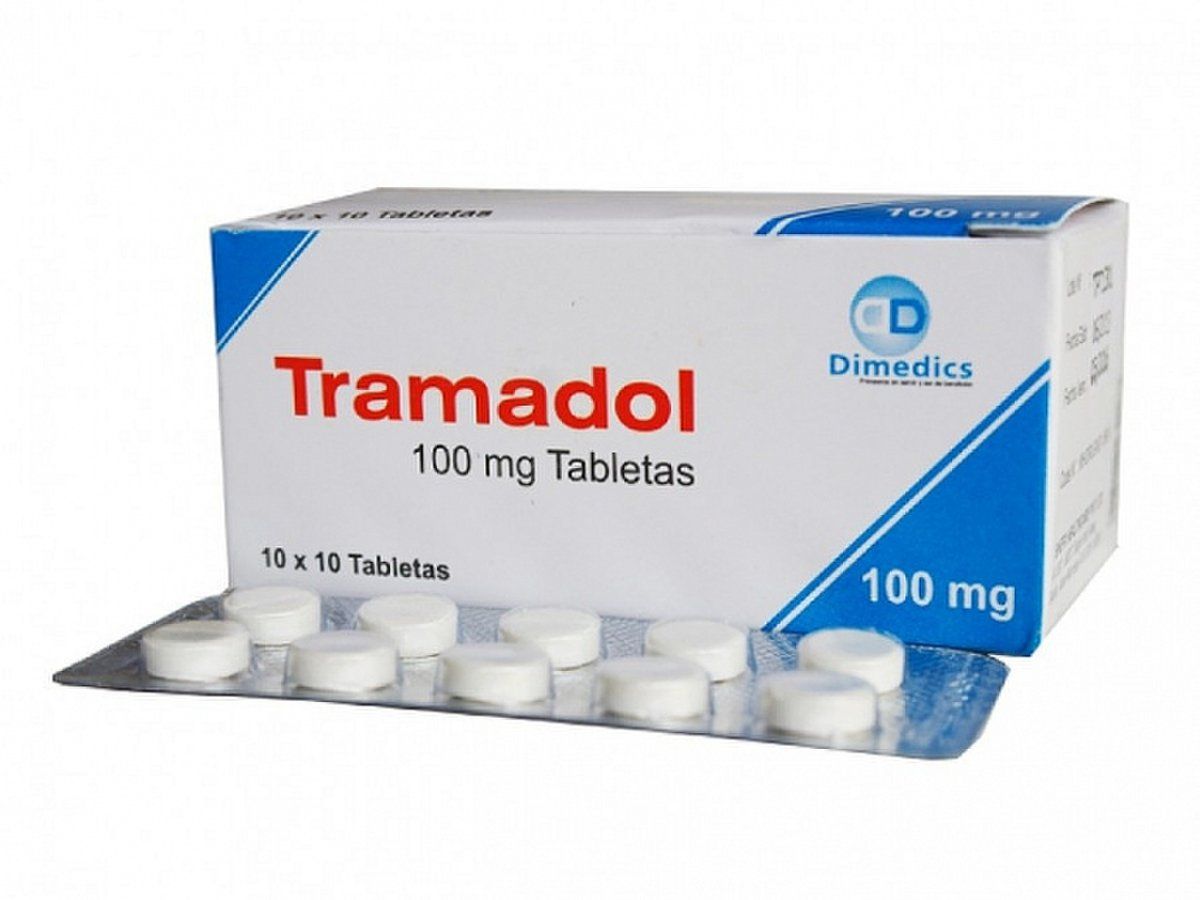
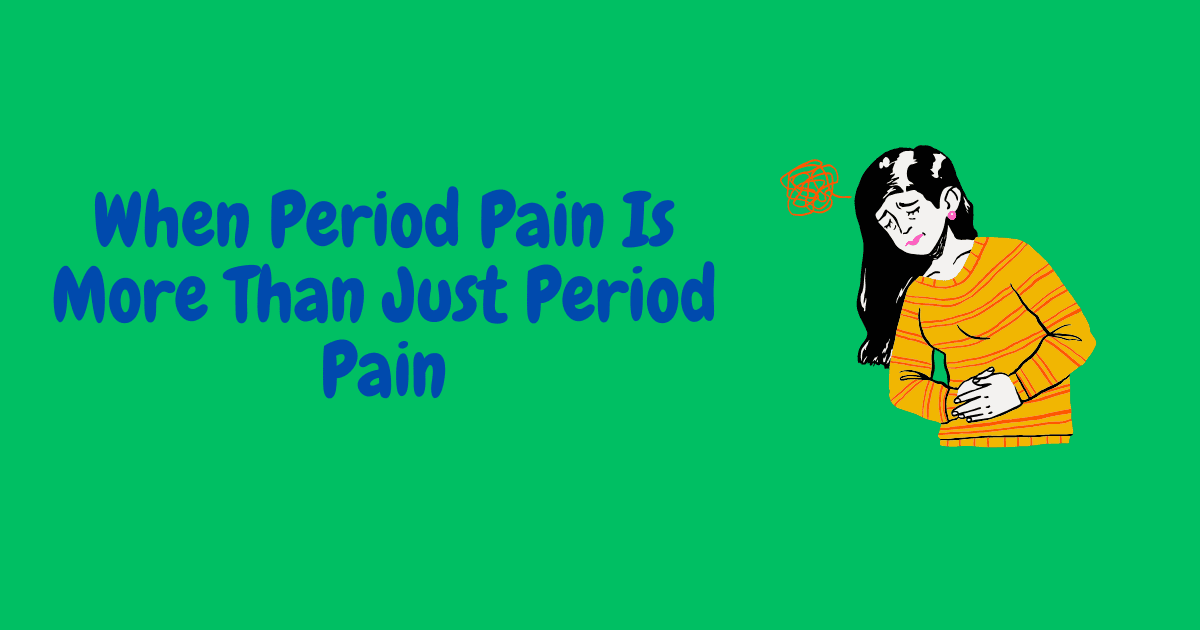
Leave a Reply